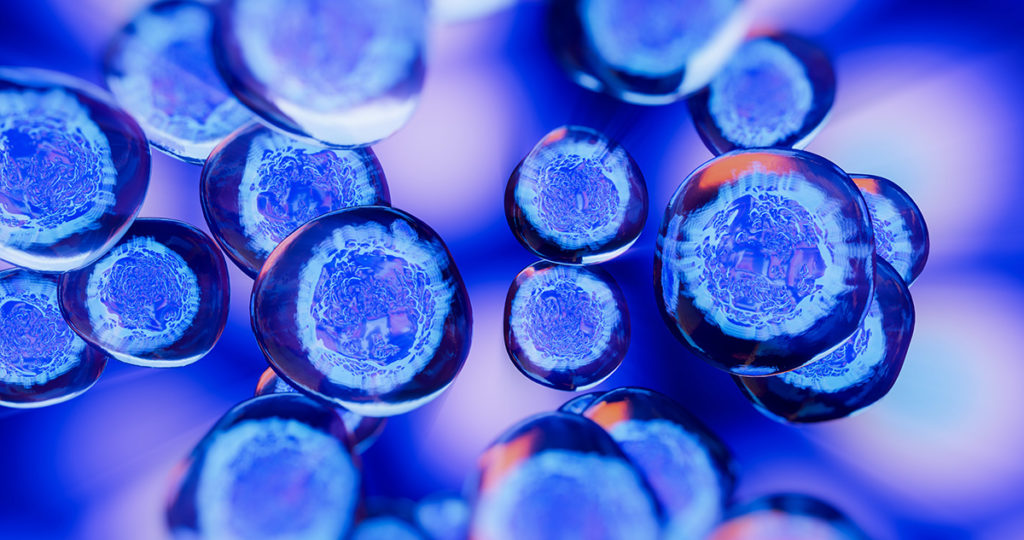Leave a Comment:
2 comments
Hey Kat-
Yes, yet another thing to weigh… though clean nutrition, exercise, supplements, etc. all reduce the risk of skin cancer so we have greater incentive to stay healthy!
David

Multiple Myeloma an incurable disease, but I have spent the last 25 years in remission using a blend of conventional oncology and evidence-based nutrition, supplementation, and lifestyle therapies from peer-reviewed studies that your oncologist probably hasn't told you about.
Click the orange button to the right to learn more about what you can start doing today.

What used to be called a “bone marrow transplant” or a “stem cell transplant” is medically termed “Hematopoietic stem cell transplantation.”
I had an autologous stem cell transplant in December of 1995 as a part of my conventional, standard-of-care therapy plan for multiple myeloma diagnosed in early 1994. As a result, I have increased my risk of skin cancer.
Stem cell transplants are now standard-of-care for many life threatening blood cancers including my cancer- multiple myeloma. A pediatric leukemia patient can now be cured of the very disease that was universally fatal a generation ago. The challenge now is to identify and cure all the long-term and late stage side effects of this aggressive form of cancer therapy.
Increased risk of skin cancers, both non-melanoma skin cancers (SCC and BCC) and melanoma skin cancer, according to the study linked and excerpted below, is one such late stage side effect from stem cell transplantation.
Your takeaway from this blog post is
1) that an ASCT will cause many short, long-term and late stage side effects and
2) you should identify these side effects and take the steps to manage these health challenges.
I had a stem cell transplant in December of ’95. I used my own stem cells (autologous) so I don’t face quite as much of a risk as allogeneic stem cell transplant patients do (using stem cells from a donor). But my skin is certainly sensitive to the sun so I have learned to take steps to reduce the risk of skin cancer.
Curcumin supplementation reduces the risk of skin cancers-
I supplement with this brand of curcumin for it’s efficacy, purity and cost.
If you are wondering how I have lived for so many years beyond my BMT without side effects, well, I do live with a laundry list of collateral damage. Just no skin cancers… yet.
Have you had a bone marrow transplant? Are you considering having one? Scroll down the page and post a question or a comment and I will reply ASAP. Thanks.
To Learn More about ASCT and Harvesting Stem Cells- click now
David Emerson
“FINDINGS Patients who underwent hematopoietic cell transplantation had an increased risk of squamous cell carcinoma, basal cell carcinoma, and melanoma. Factors such as primary disease, chronic graft-vs-host disease, prolonged immunosuppression, radiation exposure, light skin color, sex, and T-cell depletion are risk factors for cutaneous malignant neoplasms…
CONCLUSIONSANDRELEVANCE Given the increased risk of cutaneous malignant neoplasms in hematopoietic cell transplant recipients, this population should be educated on skin self-examination and pursue regular follow-up with dermatologists…
The 3 main categories of post-HCT malignancies are
7 Most solid tumors have a greater latency after transplantation than lymphoproliferative disorders and therapy- induced hematologic disorders.8,9 Of the solid tumors, the risk is particularly elevated for cutaneous and oral mucosal malignant neoplasms…
The median interval to diagnosis from the time of HCT was 7.3 to 9.4 years for BCC4,8,14,19 and 2.1 to 7.0 years for SCC.4,6,8,11,14,19 Of the 18 melanomas reported in the Rizzo et al6 study, half occurred relatively early, between 1 and 4 years from the time of transplantation…
The 20-year cumulative incidence was 6.5% for BCC and 1.1% and 3.4% for all types of SCC and cutaneous SCC, respectively.4,11…
Several risk factors for SCC, BCC, and melanoma in HCT recipients were identified in the 18 studies included in this review. Risk factors for SCC included:
A primary diagnosis of leukemia, lymphoma, or malignant marrow disease was a risk factor for BCC. Additional risk factors for BCC included light skin color, younger age at transplantation, receipt of TBI, and chronic GVHD..
Hey Kat-
Yes, yet another thing to weigh… though clean nutrition, exercise, supplements, etc. all reduce the risk of skin cancer so we have greater incentive to stay healthy!
David